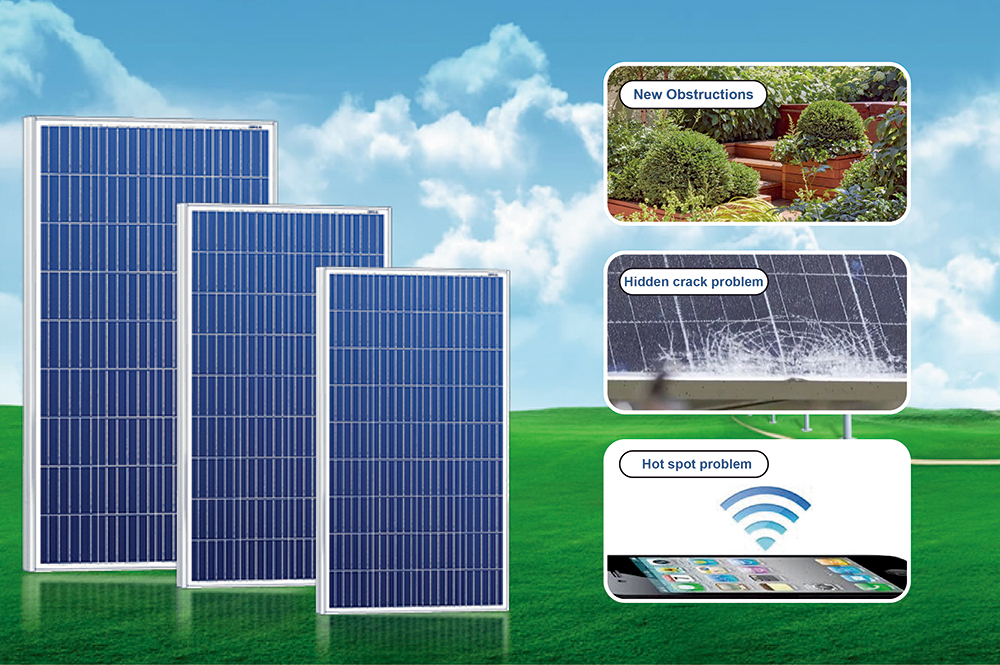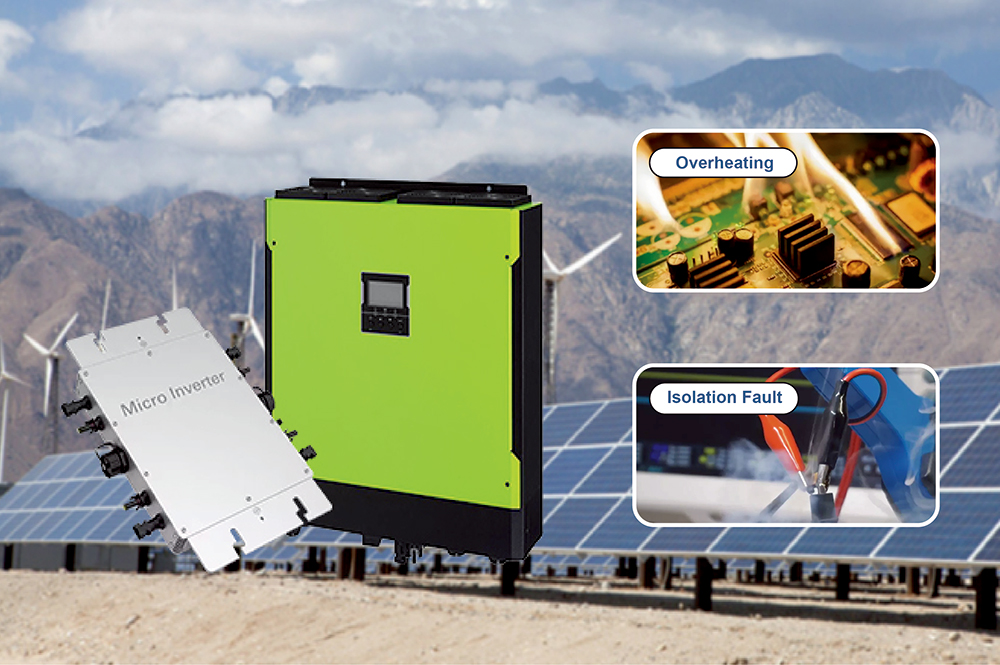Troubleshooting of Solar Panel & Solar Inverter
Solar power systems have gained immense popularity in recent years as an eco-friendly and cost-effective way to generate electricity. Solar panels and inverters are the two essential components of a solar power system. While these systems are generally reliable, they can encounter issues that may affect their performance. In this article, we will explore common problems associated with solar panels and solar inverters and provide troubleshooting steps to help you resolve these issues effectively.
Solar Panel Troubleshooting

- New Obstructions. Obstructions like trees and buildings throw shade on your solar panels, blocking the sun and preventing them from producing energy. If your solar panels are not producing as much power as they once did, check for new obstructions that didn't exist when you installed your system. If the trees surrounding your home aren't regularly trimmed, for example, their foliage may be blocking your panels' light. If overgrown trees are blocking your solar panels, a little landscaping should solve the problem. You can likely remove overgrown branches or foliage to restore your solar panels' access to the sun without cutting down full trees.
- Hot spot problem. In the process of use, the sun plate will inevitably fall on some dust, leaves and other debris, resulting in localized shadows on the sun plate, these localized shadows will lead to changes in the current and voltage in some of the battery cells in the sun plate, which will result in localized warming of the consequences of a long time after there will be some obvious burned hot spot. When the solar panels appear hot spot effect, it will make the panel assembly welding points melt, destroy the grid line, and slowly let the panel assembly whole piece is damaged, not only will seriously affect the lighting system, but also will reduce to at least 10% of its life expectancy. In the pre-design time, in the solar panel of the battery in series, in which a diode is connected in parallel, play a good role in voltage division, can effectively prevent the hot spot effect of the solar panel. In addition, in the later stage of installation, also pay attention to avoid installing in the place where there is shade, a little shade is not allowed, and pay attention to regularly clean off the dust and other debris on it.
- Hidden crack problem. Solar panels are made of crystalline silicon material. Due to the characteristics of its crystal structure, it is easy to crack, causing cracks. Essentially, there are two types of external forces, one is mechanical stress and the other is thermal stress. Initially, there will only be some small cracks in the battery cells, which are difficult to detect with the naked eye. However, after a long time, they will develop into fragments and become visible to the naked eye. The collected current cannot be output normally, and the consequence is that some or even all of the cells will fail, which will have a great impact on the power output of the solar panel, causing improper attenuation and thus affecting its life. At the same time, cracks of the solar panel may occur in the mechanical system. Continuous expansion under load may also lead to open-circuit damage. During the production, transportation, installation, and maintenance of battery panels, we must fully consider its easy rupture characteristics, avoid impact or extrusion of hard objects, and reduce the possibility of component cracks.
Solar Inverter Troubleshooting

- Overheating. High temperatures will lead to a significant reduction in production, and can even result in a production stop if the maximum operating temperature is reached. An assessment must therefore be made as early as the design stage to determine whether the proposed cooling technology is adequate and whether it has sufficient capacity. For example, it is very important that the switch cabinet and the building housing the inverter are well-ventilated. Besides, it is highly advisable to regularly check the cooling during the operational period. In addition to this, more steps can be taken in order to prevent high temperatures, such as installing and cleaning dust filters, removing undergrowth that impedes airflow, etc.
- Isolation Fault. This fault occurs as a result of a short-circuit between various parts of the circuit, and the solar power inverter will then report an "isolation alarm". The short-circuit is usually the result of a combination of moisture and damage to the sleeve on the cabling, faulty installation, poor connection of the DC cables to the panel, or moisture in the connection part of the PV module. This will be more common in areas with high humidity and/or close to the sea. In the event of an isolation issue, the solar inverter will stop working completely or continue to work at the minimum "required" isolation level. In both cases, production is lost. It is therefore important to ensure that the DC cables are of high quality and correctly installed, i.e. that the cable bushing is watertight. To prevent this problem, it is also important that the correct level of protection (IP) is selected for the inverter cabinet and the inverter building.
Maintaining the efficiency and reliability of your off grid solar power system requires regular inspection and troubleshooting of both solar panels and solar inverters. By addressing common issues promptly, you can ensure that your solar system continues to provide clean, renewable energy for years to come. Additionally, consider scheduling routine professional maintenance to prevent problems and optimize your solar power generation.
